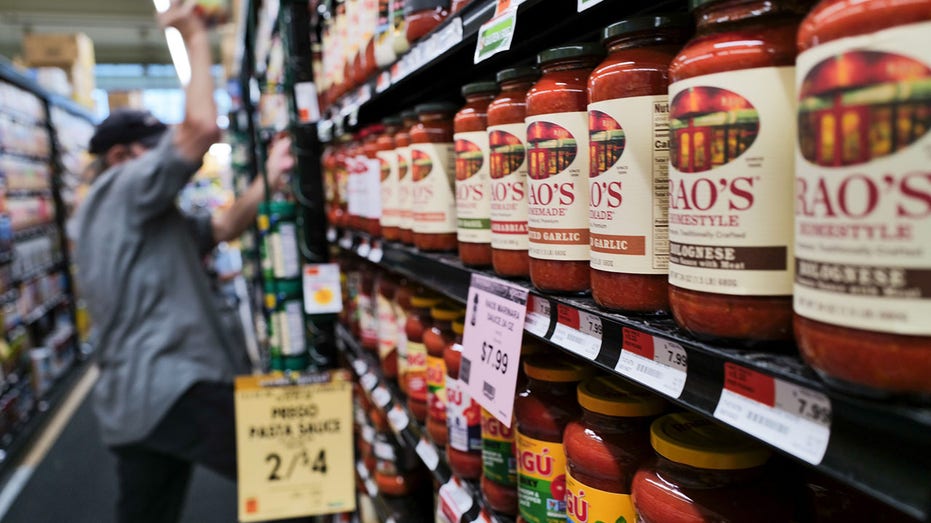More consumers in today’s economic environment are financing basic necessities like food through buy now, pay later financing options.
It’s a reality that highlights “how bifurcated the health of the consumer is today,” according to Arun Sundaram, vice president and senior equity analyst at CFRA Research.
Today, a growing number of buy now, pay later users are utilizing these short-term loans to purchase groceries. Data from an April LendingTree’s report shows that 25% of such users have used the service to buy groceries, up from 14% a year ago.
“Lower-income households are facing much tougher financial choices than middle- and upper-income families,” Sundaram told FOX Business. “When short-term cash flow takes priority over long-term financial stability, it can signal deeper financial stress that may have ripple effects down the road.”
RISKS OF BUY NOW, PAY LATER: ‘TICKET TO OVERSPENDING,’ EXPERT SAYS
Lending services such as Afterpay, Klarna, Affirm and PayPal have surged in popularity in recent years as cash-strapped consumers looked to stretch their wallets. Traditionally, they have been utilized for big-ticket items, allowing consumers to make purchases and pay for them in installments, often with no interest or fees.
Consumers only get hit with interest for certain extended payment plans and will end up paying late fees if they miss a payment. However, research shows that not only were shoppers utilizing these services more, but they are taking out multiple loans at once and missing payments.
According to LendingTree data, just more than 40% of users say they paid late in the past year, up from 34% a year ago.
EXPERTS WARN HIDDEN RISKS OF BUY NOW, PAY LATER
The data from the report is “clearly a sign that people are struggling and are looking for ways to extend their budget a little bit in the midst of higher prices and general economic uncertainty,” LendingTree chief consumer finance analyst Matt Schulz told FOX Business.
From 2020 to 2024, the all-food consumer price index (CPI) – a broad measure of how much everyday goods like gasoline, groceries and rent cost – rose 23.6%, outpacing the entire index, which grew 21.2% over the same period.

Between 2020 and 2021, the uptick in food costs was in lage part driven by COVID-19-related supply chain disruptions and shifting preferences, according to the Agriculture Department (USDA).
In 2022, food prices increased at the fastest pace since 1979, largely due to outbreaks of the highly pathogenic avian influenza (HPAI) as well as the Russian invasion of Ukraine, which exacerbated other economy-wide inflationary pressures such as high energy costs, the USDA reported.
While food price growth slowed in 2023 and 2024 because wholesale food prices and these other inflationary factors eased across industries, some experts fear President Donald Trump’s ongoing trade war could increase food prices again.
“An awful lot of what we see on our grocery store shelves is imported, including things like coffee, fruit and seafood,” Schulz said. “Unfortunately, that makes it likely that at least some of the items on your grocery list are going to get more expensive in the near future.”
Schulz added that consumers should start factoring in higher costs when going through their budget.
“It may require some sacrifice, but better to prepare for the worst and be pleasantly surprised than to hope for the best and end up having to scramble later on,” he said.
Read the full article here


